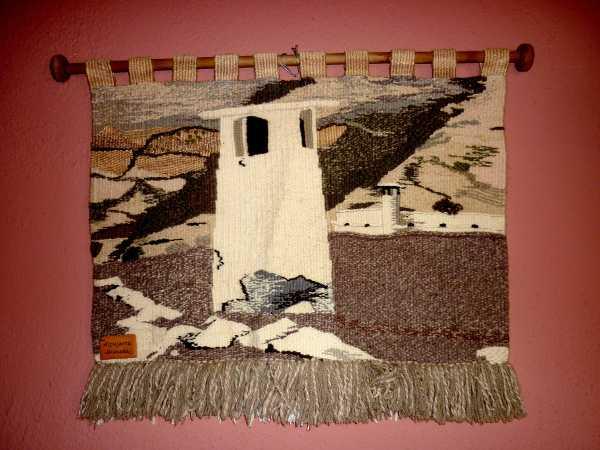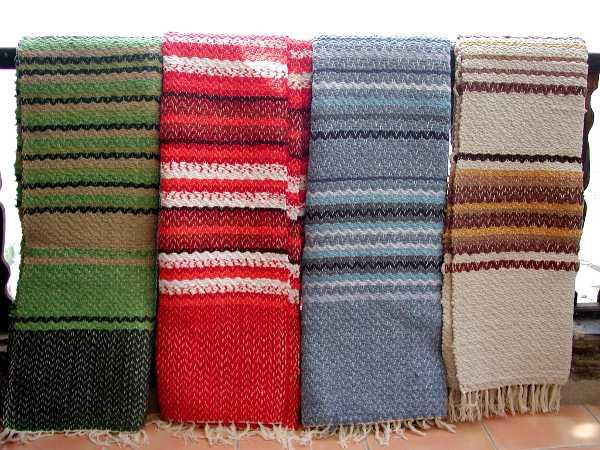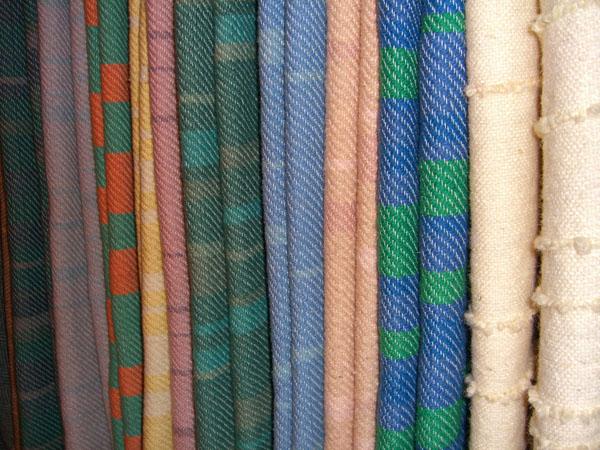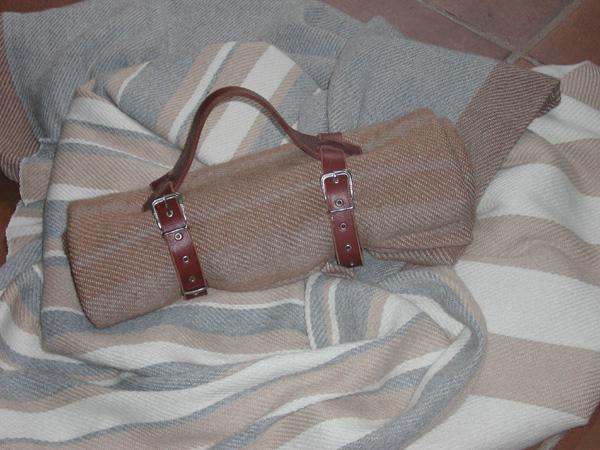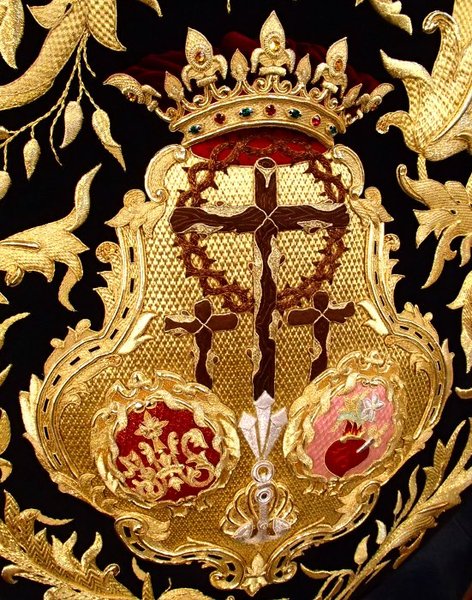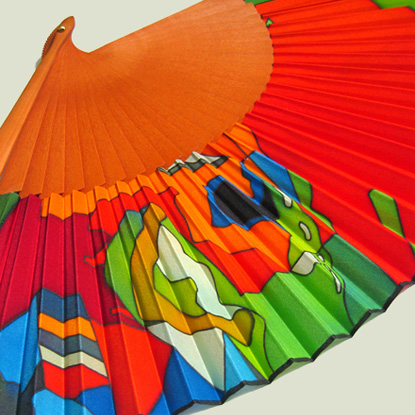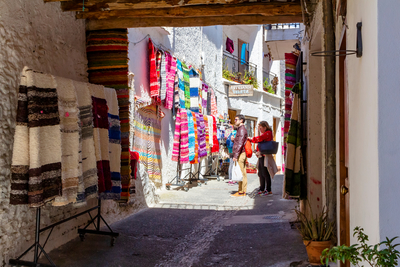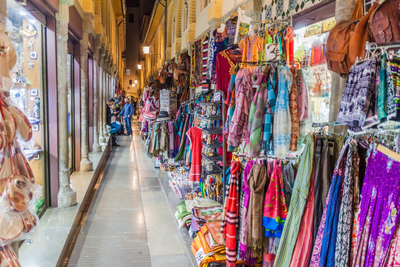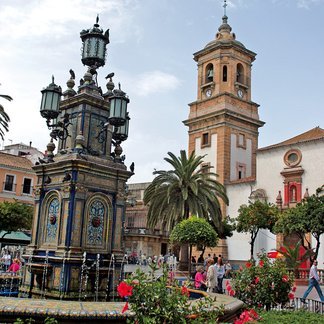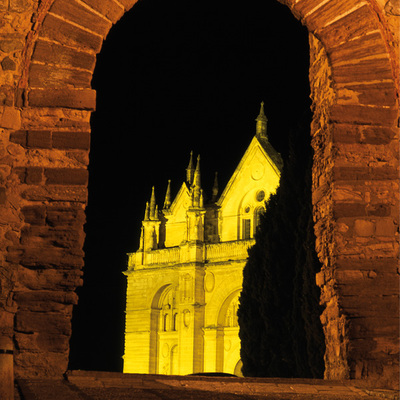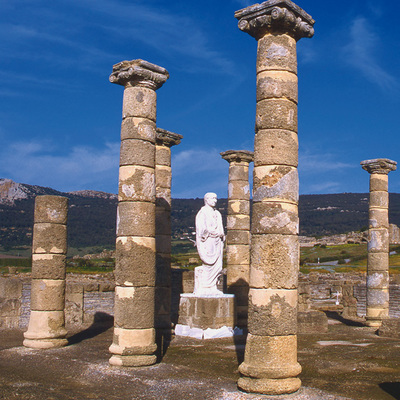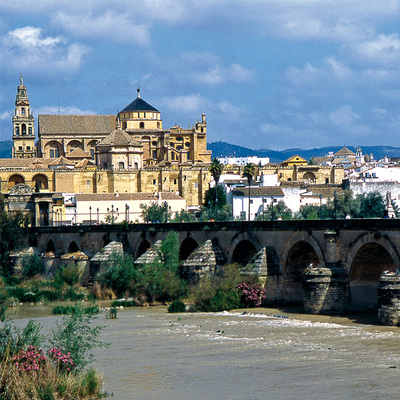Textile crafts

In Spain, and especially Andalusia, weaving advanced during the Moorish period, when techniques and materials unknown in Europe were brought from the East.
In Almería, Fiñana and Pechina were built from the 10th to the 13th centuries, as the main producers of wonderful woven silks. Nowadays, one of the main products of Almeria textile craftwork are rugs made in Níjar. Today it is the town of Laujar de Andarax the leading producer of tissue using traditional looms.
Probably Grazalema is the name that best shows the textile tradition of Cadiz. The town specialised in the weaving "estribera" blankets, also for beds, the country and shawls and curtains, although perhaps the "estribera" cloth (covering the horse-rider down to the stirrups) is the most characteristic product. There is also religious embroidery and flamenco dresses, which are still important in some towns in Cádiz, such as Jerez de la Frontera.
Textile crafts in Cordoba are still seen in workshops specialising in making Cordoban hats.
The Granada of the Nasrid era saw the height of weaving, with about 5000 looms in the city in the time of Boabdil. Such a long tradition has never been forgotten, and today there are still workshops weaving textiles known as Alpujarran, Granada and the fancy "mota". These workshops have stopped making carpets in favour of other products like cushions, bedspreads, curtains, blankets and rugs. Embroidery in tulle is another of the main and most famous crafts of Granada. This work was made especially in Granada and Cúllar- Vegacontinuing, the Moorish tradition of silk weaving. Currently, it is in La Alpujarra where there is greater profusion of traditional looms, warp both low (Bubión) and high-warp (Pampaneira).
The province of Huelva had an important tradition of textile manufacturing, as the craft was, for centuries, related to household goods, folklore and popular traditions. It is also worth mentioning religious embroidery work.
In the province of Jaén, needle and bobbin lace have been made, both for religious purposes and for households, although nowadays these works are almost only found in the home.
In Malaga making carpets and decorative tapestries, fabric decoration, embroidery, flamenco and country-style clothesstill continues.
In the province of Seville the quality of religious embroidery is notable, commissioned by the brotherhoods linked to Easter, also heavily embroidered silk shawls and flamenco dresses.

